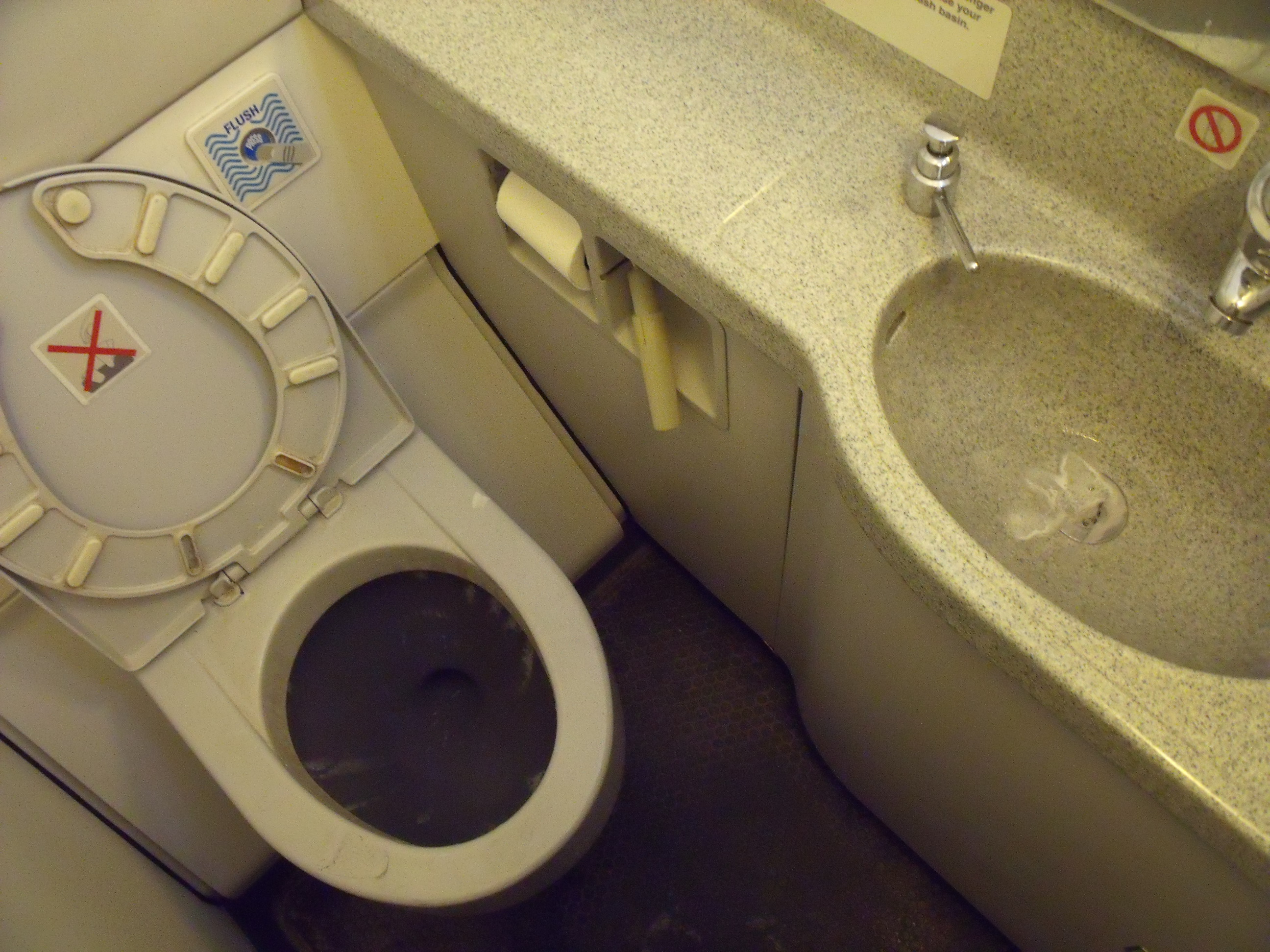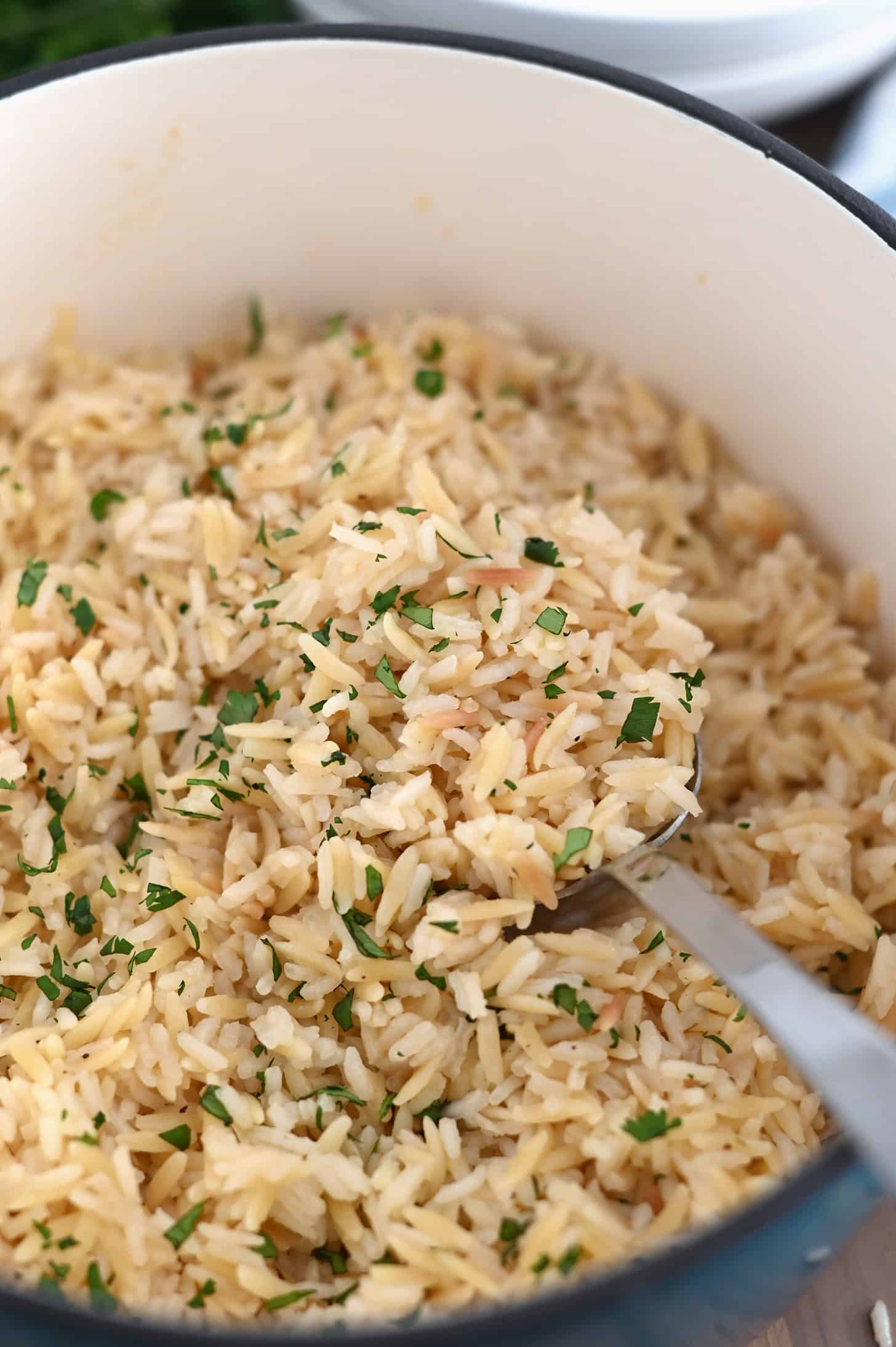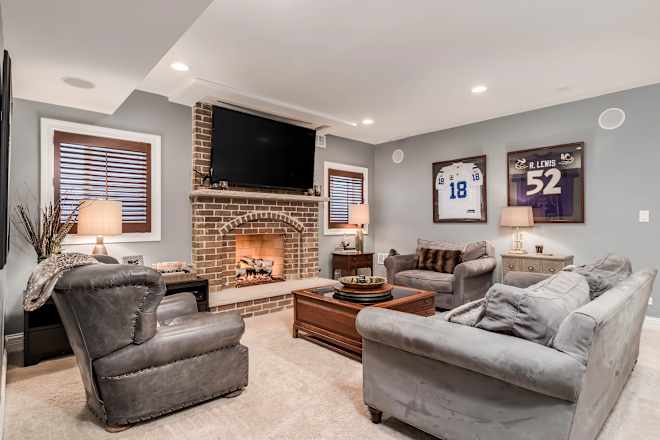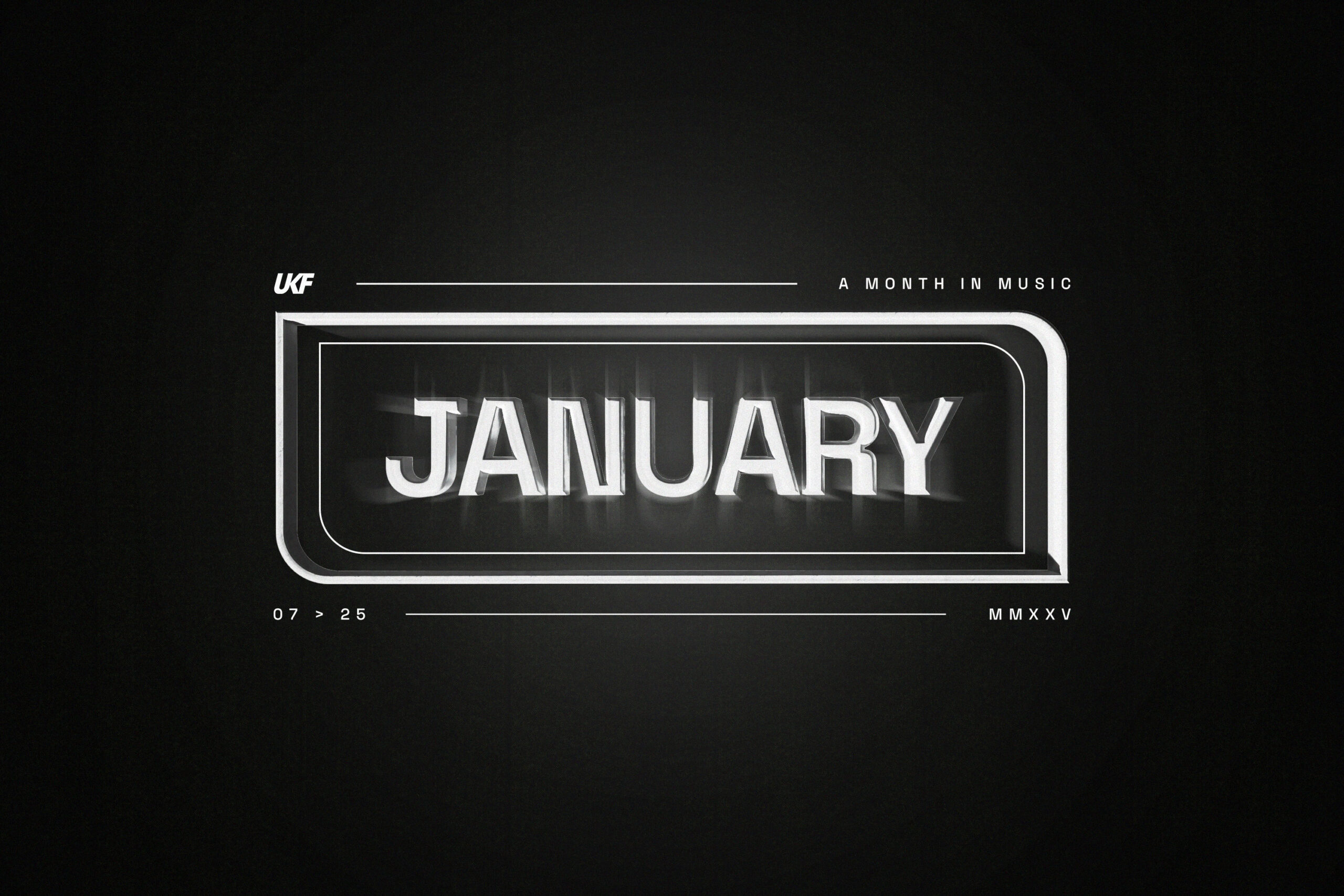“Kingdoms” for ‘Darkest Dungeon II’ Remixes Excellent Core Loop With Compelling New Structure
Every time I fire up either of the Darkest Dungeon games, I’m reminded why the formula is one of the best there is. The art style is sublime, combining beautifully rendered characters with excellent animation that brings impactful emphasis to key moments. The audio is amazing, creating a dark musical soundscape with one of the […] The post “Kingdoms” for ‘Darkest Dungeon II’ Remixes Excellent Core Loop With Compelling New Structure appeared first on Bloody Disgusting!.

Every time I fire up either of the Darkest Dungeon games, I’m reminded why the formula is one of the best there is.
The art style is sublime, combining beautifully rendered characters with excellent animation that brings impactful emphasis to key moments. The audio is amazing, creating a dark musical soundscape with one of the best voice overs in games (R.I.P. to the outstandingly talented Wayne June, your voice will be missed in any future Red Hook project). The turn-based combat is second to none, giving you distinct character classes that can be customized by meaningful choices.
Last week, Red Hook Studios gave me another reason to return to Darkest Dungeon II with the release of their free new mode, Kingdoms, which completely revamps the structure of the game, changing it from a roguelike journey to a board game style fight for survival against invading forces.

When it was released two years ago, Darkest Dungeon II made improvements to the basic core combat while changing the format of the game from building up a large roster of heroes to taking a small party on a journey. It was a controversial change for many fans, but one that ultimately worked for me in huge ways and allowed players to explore the same core in an entirely new format.
Even though it’s not a sequel, Kingdoms feels like another stab at this, rethinking the overall structure in transformative ways. The new mode is completely separate from the Confessions mode of the base game, and nothing carries over between the two. The moment to moment gameplay still sees you guiding your carriage through areas, making choices about which of the stops you make along the way as your travel, but the overall framework is completely different.

Kingdoms presents you with a big map dotted with several locations, laid out like a board game grid. You’ll stop at inns, like in the base game, to do your improvements to your party, which is chosen at the beginning of your run, then decide which space you want to travel to next. Each journey between landmarks takes a day, and each day will bring a different boon or penalty to your crew. Eventually, you’ll find inns that are connected through underground passages, allowing you to move around the map more quickly. To traverse these underground passages, you’ll go through a new area: the Catacombs, which feature their own set of unique enemies.
Guiding your movement around the board are various countdowns at the location. There will be locations that will provide valuable resources for you, which must be picked up in a certain amount of days. These resources become crucial for upgrades, so you’ll need to put some level of focus on these in order to keep up with the escalating enemy threats. The main thing you’ll need to keep track of are sieges. Certain inns will be under siege, and once the countdown expires, you’ll have to battle the invading Beastmen. These are tougher enemies that are new to the game, so it’s key that you get your party there to make sure you’re able to fend off the horde. As the days pass, you’ll get more and more sieges added at a time, forcing you to think carefully about your path around the board. Is it worth going to grab the treasure if it means leaving a besieged inn high and dry? It’s a different level of decision making for the franchise, asking you to plan ahead several turns in order to be successful. Losing a siege means losing an inn, and five destroyed inns means game over for you.

In order to add an extra layer to the strategy, each inn must be upgraded individually to have access to basic elements of the game. You’ll need to spend resources to be able to buy the ability to upgrade your characters using mastery points, have access to better items, or improve the quality of your inn’s medic. One of the most important upgrade paths at an inn is the reinforcements that it can provide. If you don’t make it to the inn during a siege, or don’t have a full party when you arrive, you’ll be given some very basic arbalists or fighters to fill out your ranks. These start out fine, but can be upgraded through the inn, improving your chances at surviving a siege when things are getting desperate. It’s a great push and pull as you move around, figuring out how much you should focus on being able to improve your roaming party and how much you should improve the specific inn’s defense capabilities.
Unlike the main Darkest Dungeon II, you can swap your party around as the Kingdoms game goes on. At the beginning of a run, you’ll select your party of four, and the rest of the heroes will be placed at various spaces on the board. They can be moved around one or two spaces per turn, and if your carriage ends up at a location with other heroes, they can be swapped into your party. Each day, your active party will get fatigued, which will reduce their maximum hit points, so it’s beneficial to swap them out in order to keep your party fresh. These roaming party members will also take part in sieges, so if you can’t get your carriage to one by the end of a countdown, it’s worth it to try to send some heroes there to make sure your inn isn’t defended solely by generic units.

There’s a lot going on in this mode, but it’s very readable as far as figuring out how to defend yourself throughout the game. What is less easy is figuring out how to win. There are specific items that you’ll, starting with the telescope at the beginning, that will need to be used appropriately to complete quests to move forward your search for the leader of the Beastmen. The objective isn’t always clear, so you’ll need to make some leaps in logic in order to figure out exactly what to do next. There’s nothing on screen that tells you the next step, so you need to be observant and make sure you’re taking note of new unique items that you’re being given. Oftentimes this direction is kind of obtuse or vague, feeling like a quest in Elden Ring or Dark Souls. Darkest Dungeon hasn’t really had this kind of quest structure before, so I had trouble wrapping my head around it, but it’s a neat wrinkle that feels like it’s adding some more narrative elements to the game, like they were doing with the individual character vignettes in the base game.
I’ve only done a couple runs of Kingdoms so far, but it can definitely feel just as punishing as the other forms of the game. Having a total party wipe, which can happen pretty easily as the intensity of the sieges begin to escalate, doesn’t end your run immediately, but it becomes incredibly hard to continue. Your carriage will be placed at another inn, and you’ll start up your party with whatever heroes are there. If you’re not managing the movement of your roaming heroes well, this can leave with a party of one or two, which feels pretty much like an automatic death sentence. It can still be fun to try to come back from something like that, but it becomes pretty hopeless once failures start cascading.

One of the amazing things it does in regards to difficulty is it provides you with a plethora of options at the beginning of a run. Not only are there three different layouts that you can pick for the map, each providing a different level of challenge or intensity, but the amount of knobs you can turn to set your own challenge is remarkable. You’ll be able to set your lose conditions, adjusting things like day limit or inn loss limit, as well as the rate that trouble escalates as time passes. You can also adjust the way death works in the game, allowing you to have respawning heroes instead of permadeath. I love having options to make things easier or more challenging for yourself, which will give it a long life even after you get a victory.
If you asked me to pick between Darkest Dungeon one and two, I don’t think I could. While the combat improvements in the second one give it the edge gameplay-wise, they are both such unique flavors of the game core loop that it would depend on which I was looking for at the moment. The grand campaign of the first one definitely feels more epic, but the roguelike style of the sequel helps me get the amazing Darkest Dungeon experience in a much shorter time frame. Kingdoms is great because it provides a third option that feels just as unique as the other two. I’m still wrapping my head around it, trying to figure out the best strategies and determine all the steps to get the elusive win.

It’s exciting to know that I’ll definitely be spending just as much time trying to master this mode as I did with all the other iterations of this series, and there’s more content to come. Kingdoms released with the Hunger of the Beast Clan scenario, and Red Hook has promised that there are two more scenarios to come. I’m usually a person who would prefer a “new” game rather than a sequel from studios that I love, but it’s so clear that Red Hook not only loves this franchise, but has a wealth of ideas for how to mix up the already excellent formula, and I’m on board for whatever they have up their sleeve next.
Kingdoms is available now in Darkest Dungeon II on PC via Steam and the Epic Games Store, PlayStation 5, Xbox Series and Nintendo Switch. The latest DLC, Inhuman Bondage, is also available now on PC.
The post “Kingdoms” for ‘Darkest Dungeon II’ Remixes Excellent Core Loop With Compelling New Structure appeared first on Bloody Disgusting!.





















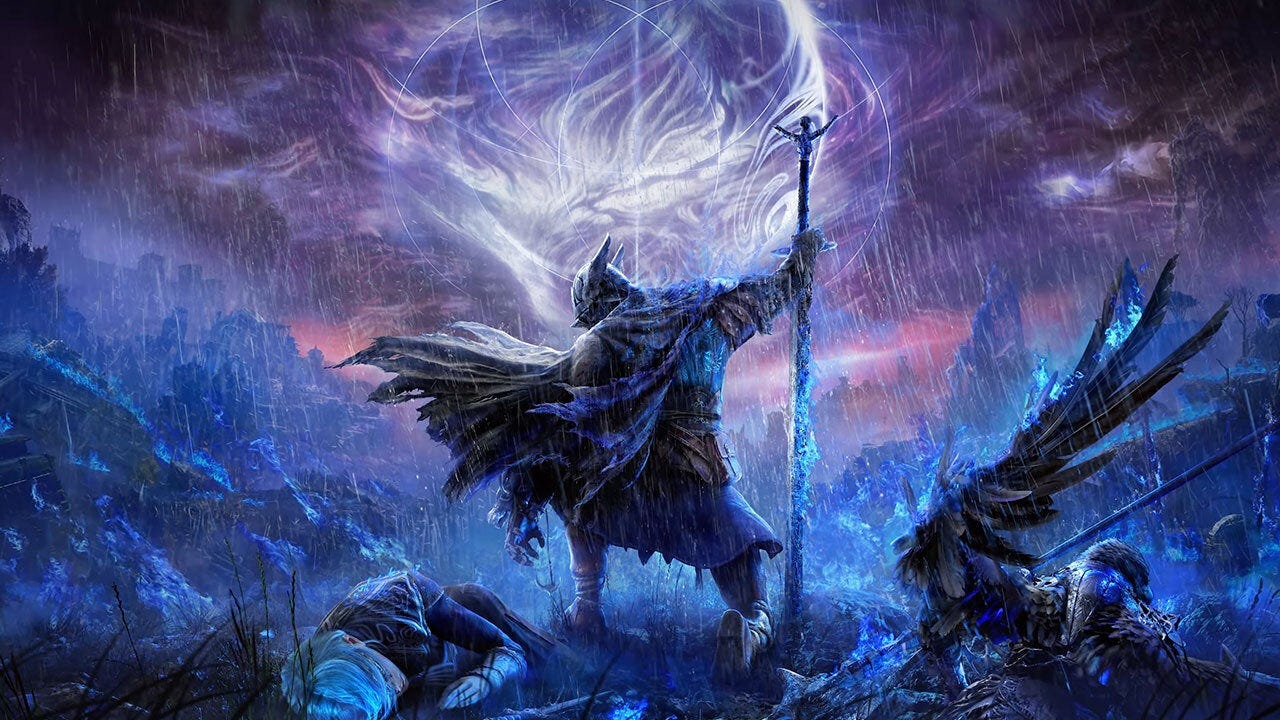

.jpg?width=1920&height=1920&fit=bounds&quality=80&format=jpg&auto=webp#)



















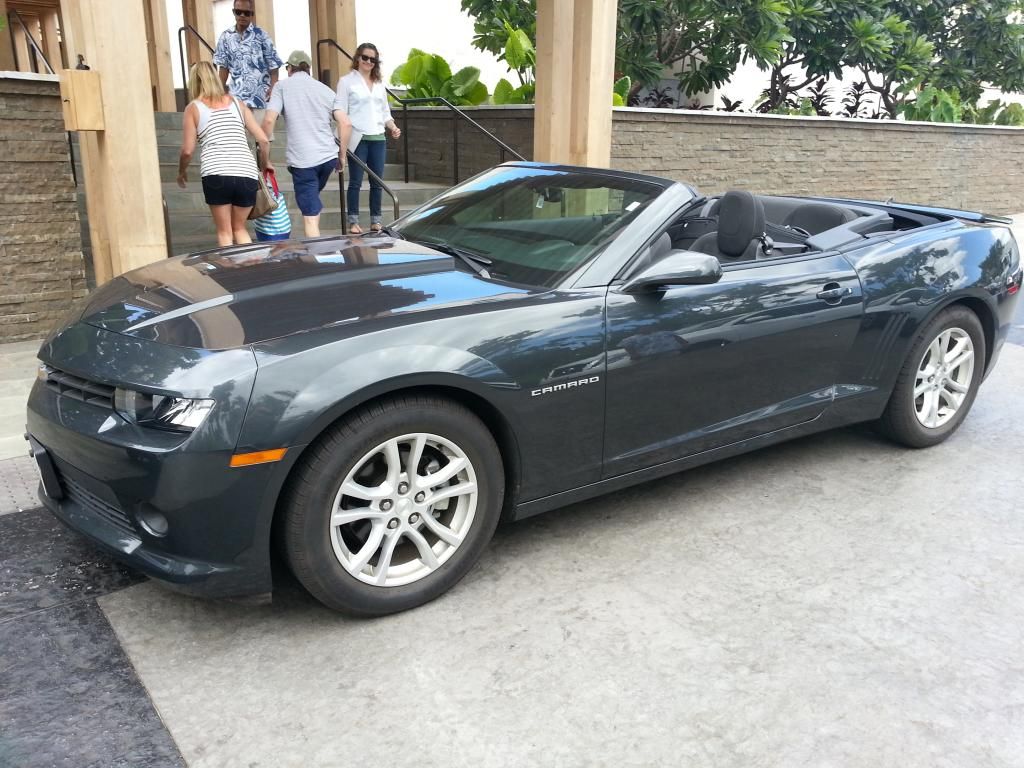
![Gay Catholic United Flight Attendant Axed After ‘Sex Is Unchangeable’ Remark—Raises Enough Money To Sue [Roundup]](https://viewfromthewing.com/wp-content/uploads/2025/02/DALL·E-2025-02-03-08.46.00-A-high-contrast-digital-montage-combining-aviation-Catholic-symbolism-and-legal-imagery___-Central-figure_-A-stern-looking-male-flight-attendant-in.webp?#)
